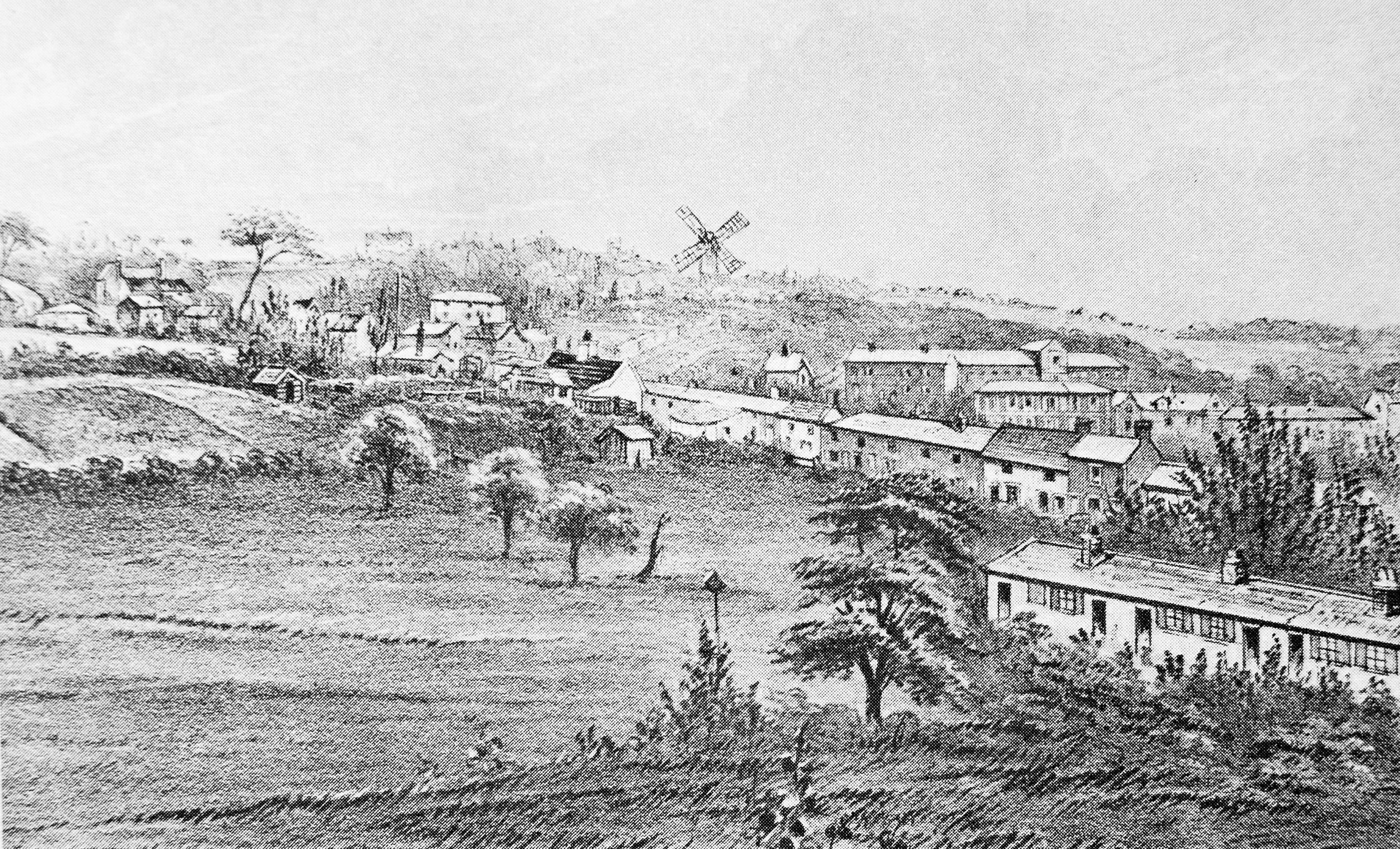
Our History
Our Foundations
Thomas Seckford
Thomas Seckford was born in 1515 at Seckford Hall. He was a prominent lawyer who served Queen Elizabeth I in a number of important judicial roles. He amassed a considerable fortune and when he died in 1587 he left his estate in Clerkenwell to endow an almshouse for thirteen poor men of Woodbridge.
His name is synonymous with Woodbridge: his country house was the Abbey, now Woodbridge School Prep; he built for the town the Shire Hall to serve as the local court, and for a time he owned the iconic Tide Mill, one of only two working tide mills remaining in the United Kingdom.
The First 250 Years
Seckford had no children but made generous provision in his will for his brothers and their offspring, however there were many challenges to the endowment made by various members of the Seckford family. One consequence of these legal wrangles was that the Master of the Rolls and the Chief Justice of the Court of Common Pleas were appointed to be the governors of the charity, with administration being delegated to the churchwardens of St Mary’s Parish Church. As income from the estate grew, surplus funds were used to teach, clothe and care for poor children and the pensions paid to residents of the almshouse were increased. As London expanded and finally engulfed the Clerkenwell estate, so the rental value of the endowment increased significantly, facilitating the construction in the mid 19th century of a magnificent new almshouse, the Seckford Hospital, which today remains the centre of the Foundation’s care activities.
Thomas Loader
Woodbridge Free School
In 1662 Dorothy Seckford, the widow of Seckford’s nephew Henry, joined with a number of other eminent locals to found a free school which was housed in a property in Seckford Street. The school was to teach ten “sons of the meaner sort” of Woodbridge residents, along with others who were to be charged £1 a year. Over the first two centuries of its existence the school has had a number of ups and downs, and despite educating an increasing number of boys, a number of whom went on to build eminent careers, its fortunes had declined by the mid nineteenth century and its premises had fallen into disrepair; in contrast to the increasing fortunes of the Almshouse charity.
Creation of the Foundation
In 1861 it was agreed that the Almshouse charity should merge with the Free School charity. As a result of the merger, the Seckford Foundation was created, facilitating the move of the School to a spacious new site on the edge of the town which still houses Woodbridge School. As well as providing funds for more bursaries, the merger freed up the original school building in Seckford Street for use as a dispensary and a lending library and reading room, both funded by the Foundation.
Up to the Present Day
The Foundation has not stood still: since the turn of the century alone the Foundation has:
entirely remodelled the Almshouses with the creation of Jubilee House at Seckford Care
constructed a 350 seat theatre, the Seckford Theatre, for the benefit of the School and the local community
has substantially upgraded the teaching facilities of Woodbridge School and Woodbridge School Prep, including new classroom blocks, a Sixth Form centre and technology centre
led on an initiative called ‘Flourish’ to help tackle the issue of rural poverty within Suffolk



